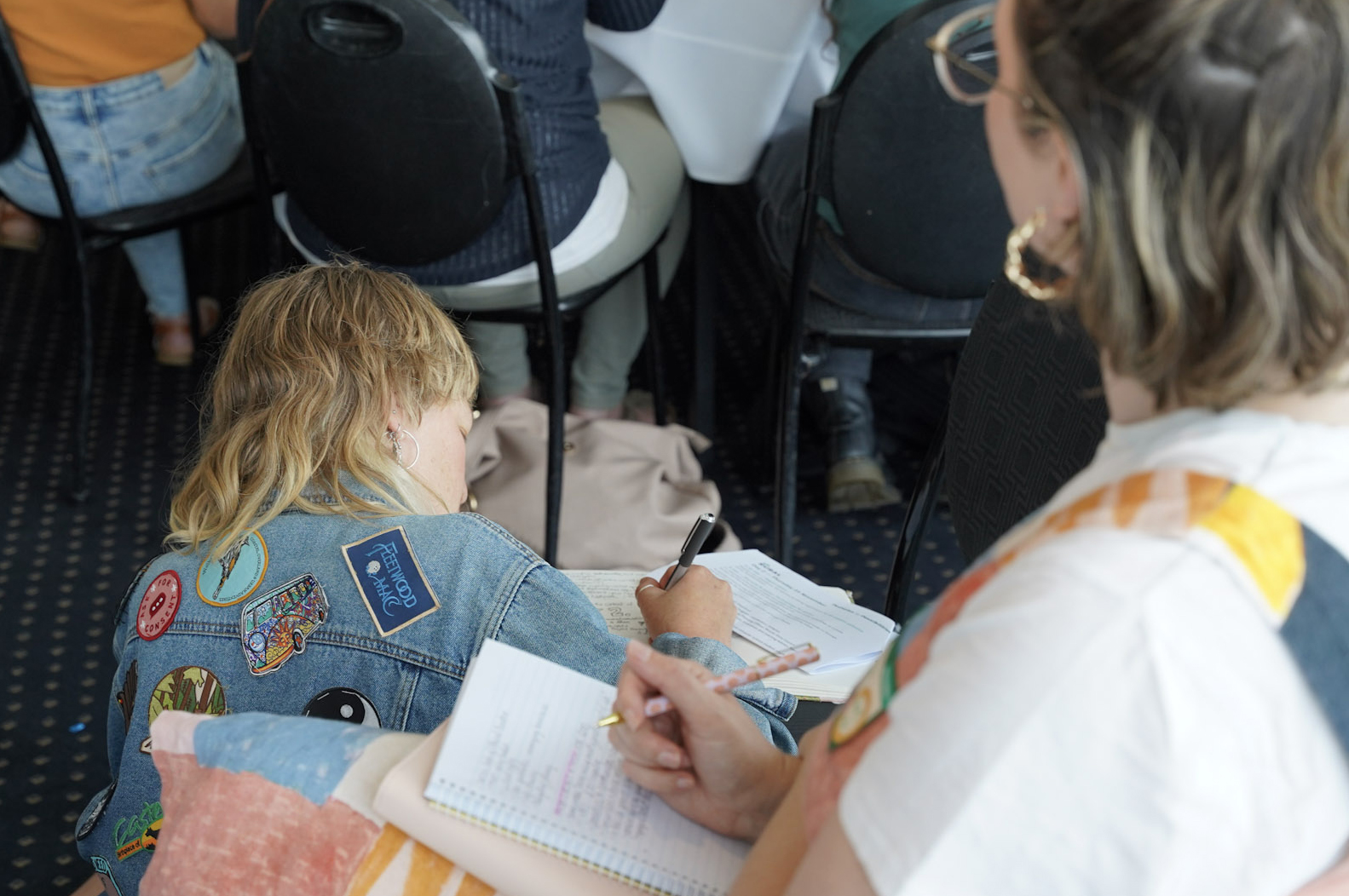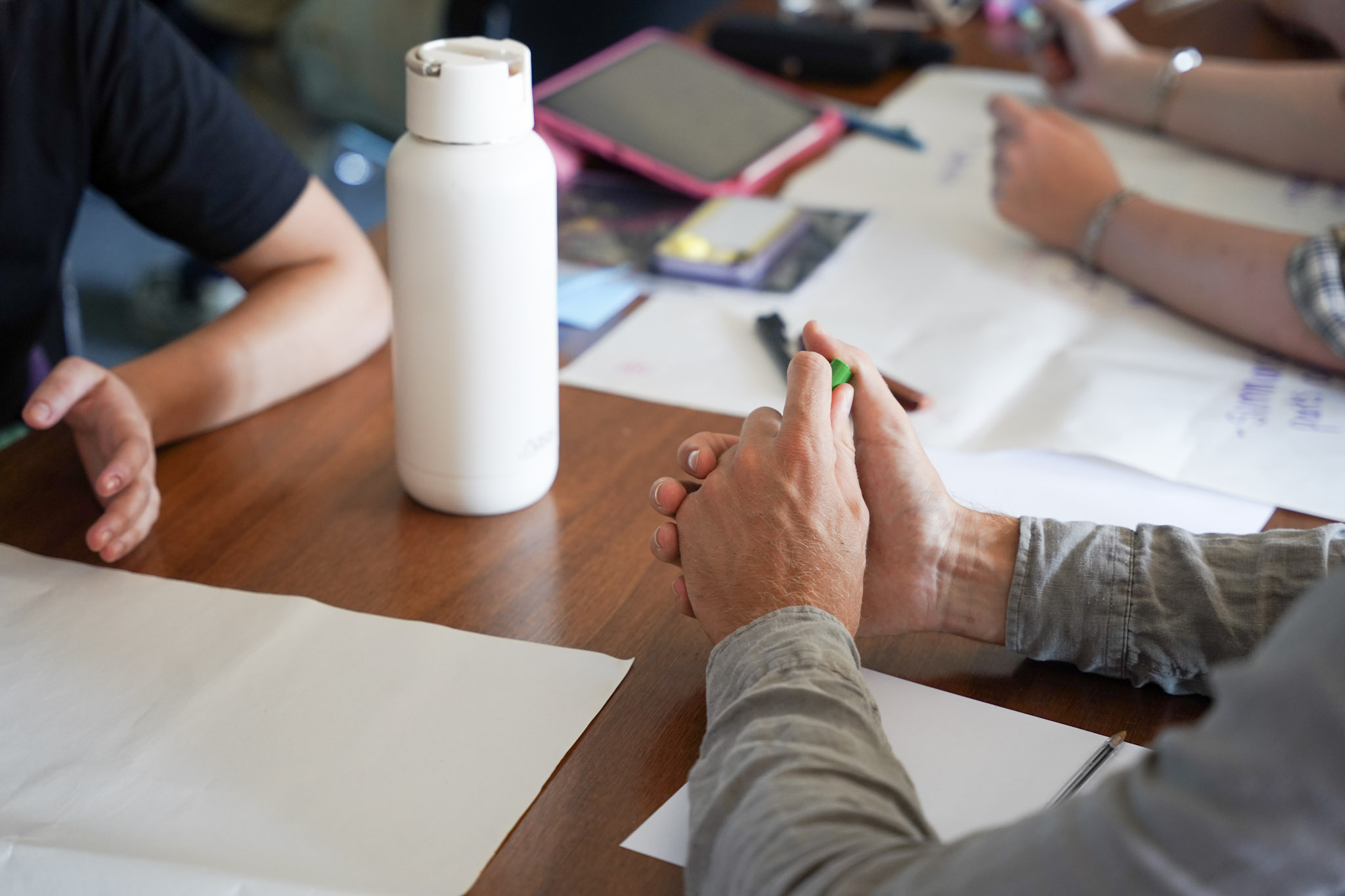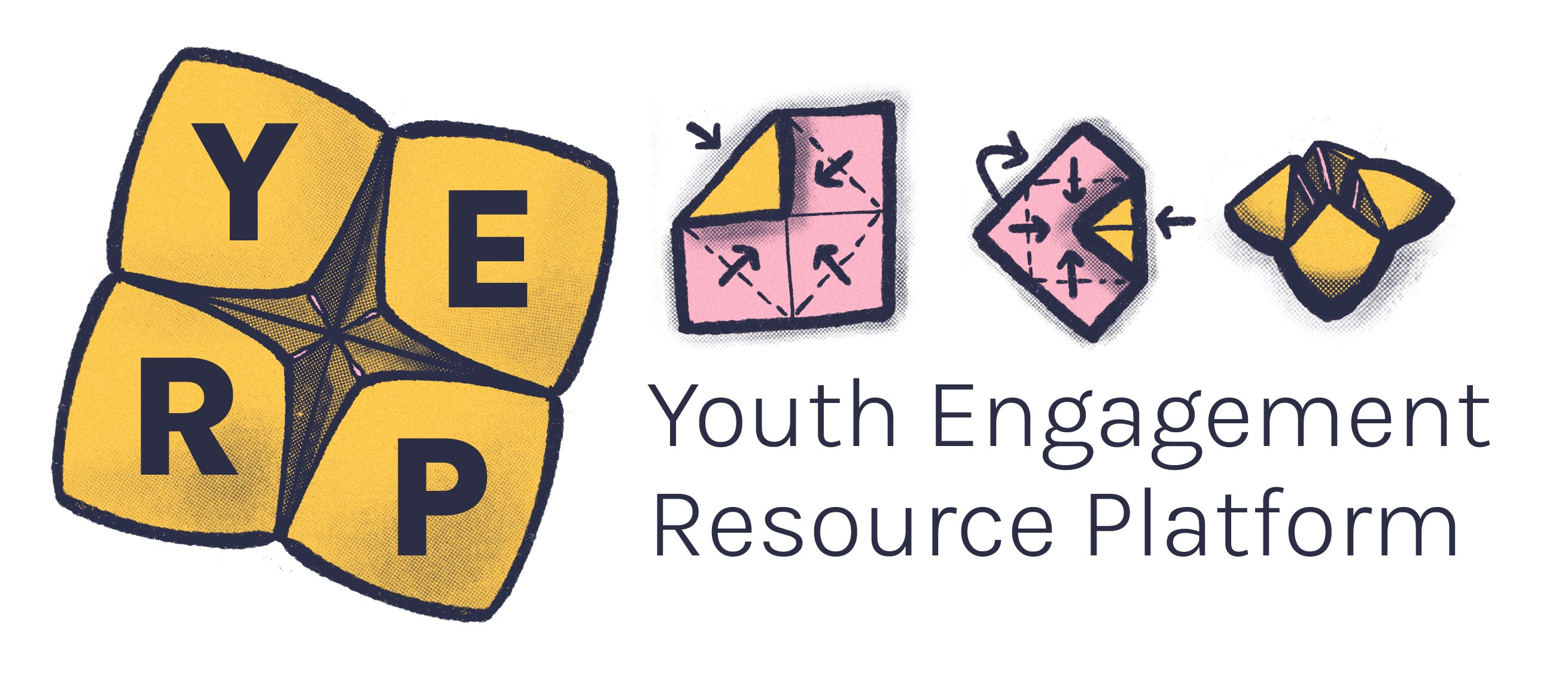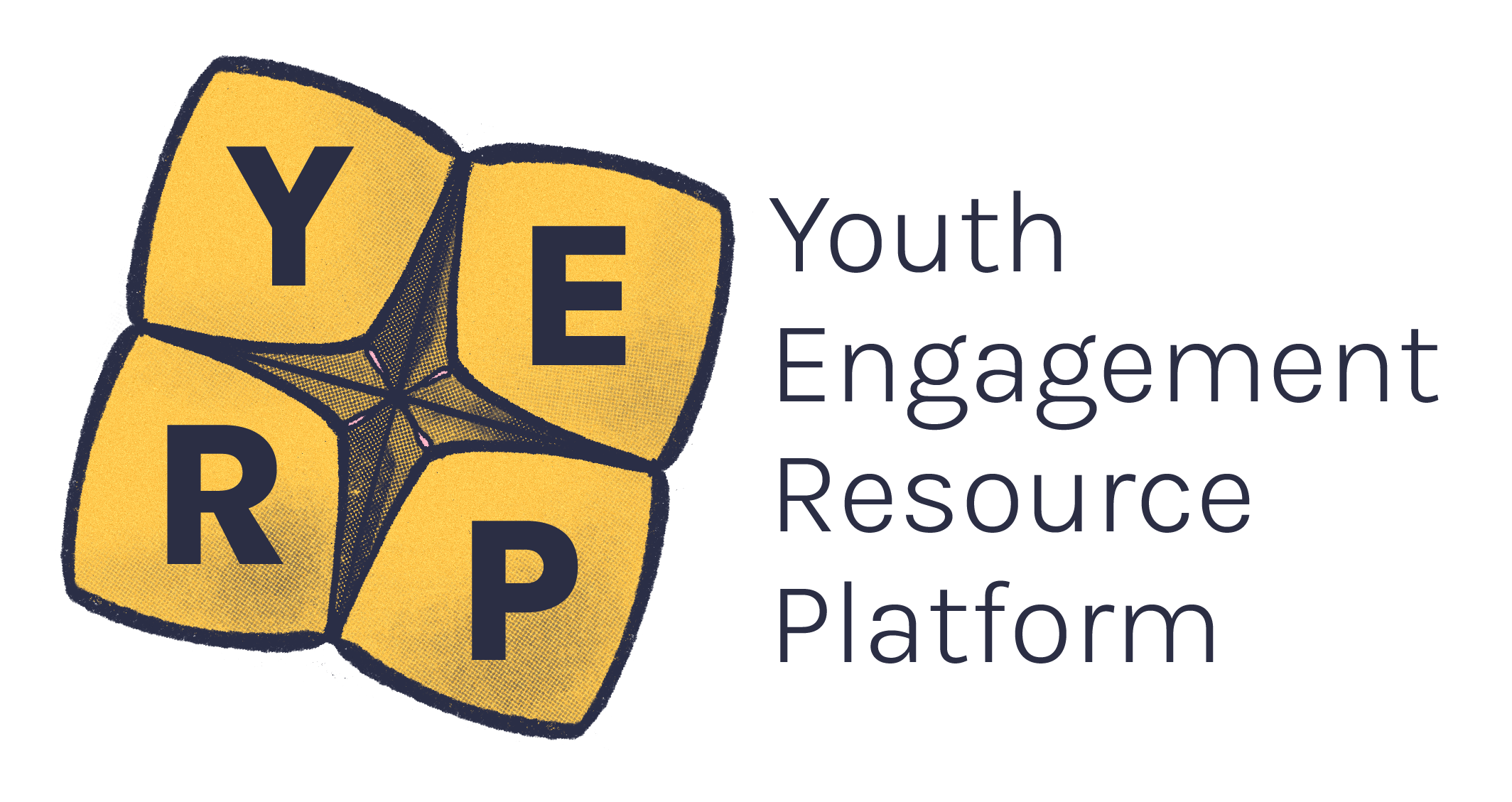It can be challenging to manage group dynamics, particularly as a young youth worker because young people have different opinions, needs, and levels of skill, but each young person has the right to be heard.
As a facilitator, youth worker, or volunteer, you're responsible for managing group dynamics to allow every young person to contribute to discussions and feel valued for their input.
It's okay to move things around in your agenda or runsheets if there's a great conversation happening or you need to shorten a conversation that's getting heavy or heated.
This shares the responsibility of keeping time with the group as they can also keep track of how long they spend on each activity. Be transparent about how long each activity has left so the group can finish up their conversations.
The energy dynamics can shift in any group setting! Have a go-to list of activities, icebreakers or energisers you can add in to re-engage the group and get back on topic. Remember, ice-breakers can feel awkward and repetitive so be creative, keep them fun, entertaining and relevant to the group.
We've created chatterboxes to use in groups and trainings as icebreakers.
To play, print off and cut out the chatterbox document. Fold your chatter box. As someone to pick a word that written on one of the outside squares. Open and close the chatterbox by spelling or counting out the numbers of letters in the word. Ask them to choose one of the numbers that are written inside. Repeat. ask them to choose one of the numbers inside. Read out the message under that number.
The concept of a 'bike rack' or 'parking lot' are places where the group can "park" ideas and topics of discussion that may not be relevant to the workshop or do not add a unique perspective to discussions.
At the end of the workshop, leave 5-10 mins to go back to these ideas and see if anyone wants to expand on them. This can work especially well in groups that will be meeting multiple times. It gives you the chance to review and consider issues to follow up on between meetings.
Everyone expresses their passion and ideas in different ways. Be aware of the different perspectives, lived experiences and communication styles of everyone in the room and imbed a range of activities that allow people to participate in ways that feel comfortable.1
Below are some idea's on getting everyone involved:
- Small group work
- Idea-storming or independent work and reflection
- Interactive or physical activities
- Theatre games
- Whole group discussions
- Drawing or writing activities
When group discussions get heated or passionate and you can see that some young people are being left out of the conversation, there are a few methods you can use.
- Anonymous voting either with pieces of paper or websites like Mentimeter or Poll Everwhere
- Create a a list of everyone in a group in the order they will speak.communication order
- Ask young people to email you directly with their ideas or answers
- Use a talking stick, or other toy!
Using these methods allows everyone to be heard in a safe and respectful way.
Group agreements set out expectations of how the group behaves from the beginning of the training or program. You can share pre-written group agreements if you’re short on time or you could create them with the group, making the agreements relevant and giving young people agency over their space.
When working with difficult group dynamics, you can refer back to the group agreements as a reminder of the expectations of behaviour everyone agreed to. This will help keep the group on track, especially if there are participants of a similar age to you and young people to create a safe and comfortable space.1
For example, a group member may say something that can be seen as harmful or insensitive by another member. Referring back to the group agreements and pointing out the importance of respecting everyone’s opinions and experiences can help bring the group back together.
Two young people listening and taking notes.

As the group facilitator, you may come across challenging behaviour in different group dynamics. If you’re a young youth worker it can be especially daunting to challenge this behaviour and know when to ‘call in’ or ‘call out’.2
Calling in:
'Calling in' is bringing the group back together and referring back to the group agreements. It provides a chance for a learning opportunity for all members of the group and does not single out the person who perpetrated the behaviour.2
Calling in this type of behaviour works best when something harmful is said or done unintendedly by a peer. It provides an opportunity for deeper learning and reflection of why something was harmful.1
Calling out:
'Calling out' puts the person who perpetuated the behaviour on the spot. Depending on the severity of the behaviour, calling out may be necessary to ensure the safety of the group. It can be especially powerful to call out people in positions of power who aren't considering the impact of their language or behaviour.2
Whether you 'call out' or 'call in' behaviour depends on the circumstance, and it’s the facilitator’s responsibility to know how to respond to this behaviour accordingly.2
Here are some situations you may encounter as a youth worker:
Pronouns and misgendering
You’re holding a consultation with young people who are speaking about their experiences of e-safety and online bullying in schools. You have set a group agreement to respect everyone’s pronouns but one of the young people accidently misgenders another young person in the room.
You should return the group to the group agreement to remind them about the importance of using everyone’s pronouns correctly. After the consultation ends, you could speak to the young person privately and just let them know that they misgendered someone, explain to them what pronouns are and why they're important.
Lived experience
You’re working with a group of young people online and you’re discussing their lived experiences of ableism. One young person talks about their experiences, and another responds by saying that they have had it worse.
You remind the participants that one of the group agreements for the session is about respecting different lived experiences, that it’s not about 'who had it worse or better'.
Firstly, acknowledge that young people have different lived experiences. Reaffirm both individuals that their experiences are valid, even though they may not be the same. Encourage the young person who shared their lived experience to keep sharing and adding input into group discussions, as their input is valued. Ask if they need anything to feel more comfortable.
Two workshop attendees having a conversation.

Conflict management is a process of guiding groups of people safely and productively through a thorough exploration, discussion, and resolution of a conflict or issue.3
Here are some common causes of conflict that may arise when working with young people:
-
Power imbalances
-
No alignment on goals or shared purpose
-
Difference in values or ideologies
-
Lack of resources or support
-
Competition
Follow this process for managing conflict in a way that works for everyone:
- Help everyone speak up and be heard to correctly identify the cause of the conflict.
- Reach a shared understanding of why the conflict occurred and why certain behaviours are harmful.
- Work together to create the solution when possible and appropriate.
- Set clear actions and responsibilities for everyone involved, including yourself as the worker.
- Build emotional intelligence by modelling calmness and empathy during and after a conflict.
- Debrief with all those involved and collect their insights.
- Evaluate how the conflict was handled with young people and your team and follow up with young people involved about resolutions.3
A check-in or debrief gives young people or staff and volunteers the opportunity to reflect and unpack any tricky group dynamics.
For young people, allow them to opt in to the conversation, unless you noticed any child safety concerns. You might also like to check in, either in person or via a text message, if emotions were running high or there were some uncomfortable moments.
For staff and other facilitators, a debrief is a great reflection and learning opportunity. You can address any child safety concerns, discuss what people are proud of from the event, and get a feel as to whether the team needs any support with specific incidents.
If you’re a young youth worker, you may feel more comfortable having another colleague present during a debrief. If you know a participant personally outside of the event or program, it might be more appropriate for them to do a debrief/check in with another staff member.
Example Scenario: Debriefing with a friend present
You’re facilitating a workshop on how to advocate for your needs in different settings. One of your friends is attending the workshop, so you let your manager know and they ask you to relay the expectation of how you will be behaving and what your professional boundaries are.
You chat to your friend and say you’ll be interacting with them in a professional capacity during the workshop. All goes smoothly however after the workshop ends, your friend asks for a debrief. You’re worried that they’re just using it as an excuse to vent or catch up so you let them know that they’re welcome to do a debrief but it will be with the other facilitator to ensure it remains unbiased.
- LinkedIn. (n.d.). What are some best practices to manage group dynamics and handle challenging situations? https://www.linkedin.com/advice/3/what-some-best-practices-manage-group-dynamics
- Creative Equity Toolkit. (n.d). Call out & call in racism. https://creativeequitytoolkit.org/topic/anti-racism/call-out-call-in-racism/
- Smart, J. (12 October 2021). 29 conflict management techniques (that actually resolve issues!). Session Lab. https://www.sessionlab.com/blog/conflict-management-techniques/





